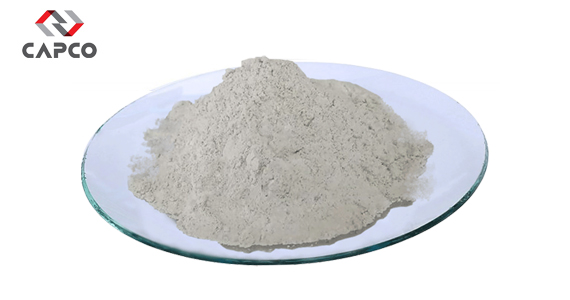The general method of using the CutRock is that the mortar produced from the CutRock is placed in the pores of the stone or concrete and their doors are closed. After the hydration reaction, the expansion from the reaction will put the pores under compression and leads to a burst in that section. These pores must be of suitable size and excavated within suitable distances from each other and in the direction that we want to cut that stone or concrete element. This concrete or stone element is either with an arbitrary form or confined in a closed space or reinforced concrete. The implementation methods are as follows depending on the form of the element:
- Excavating pores in the concrete or stone with arbitrary form:
- The pores must be created within equal intervals by a 40 to 50-mm drill. The bigger pores develop more destructive power.
- The distance of the first pore from the edge of the concrete or stone must be a maximum of 25 cm.
- The depth of the pores must be a minimum of 0.7% of the depth of the stone or concrete.
- The optimum interval between pores is 52 cm.
- The pores must be in the same direction and excavated completely perpendicular to the surface
- The pores must be cleaned
- The strong wooden cleats can be used to form and cut the stone. These cleats are submerged in the water before the implementation and develop cracks by strike after placing them between cracks.
- Excavating pores in the confined concrete or stone:
The excavation method is similar to the previous method assuming that the pores are excavated at a 30˚ angle so that the separated sections are easily moved.
- Excavating pores in the reinforced concrete:
The pore intervals are reduced because of the continuity of concrete due to the presence of rebars.

